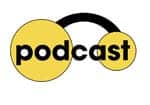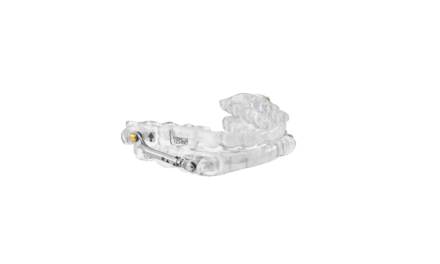 |
Charles Darwin wrote, “It is not the strongest of the species that survives, nor the most intelligent that survives. It is the one that is the most adaptable to change.”
In February, the Annals of Internal Medicine published a study indicating that for patients with a high probability of OSA, a diagnosis can now be made and CPAP therapy can be prescribed without an overnight polysomnogram study in a sleep laboratory. In fact, the authors concluded that a polysomnogram “confers no advantage over the ambulatory approach in terms of diagnosis and CPAP titration.”
These findings raise an interesting question: If many sleep apnea patients do not need polysomnograms, what then should be the role of sleep laboratories? Yes, sleep laboratories are needed for diagnosing all of the other sleep disorders, as well as more complex sleep apnea cases. However, the truth is that many patients seen in sleep centers today are there for classic obstructive sleep apnea that is so obvious that, as Barbara Phillips, MD, MSPH, of the University of Kentucky recently told me, even the sleep center janitor could diagnose them. If these patients do not really need to be tested in a laboratory, we could, in theory, have too many sleep laboratories in the United States, rather than too few.
Lowering the barriers to diagnosis and treatment is, of course, great for patients—not to mention CPAP device manufacturers—but it may at first appear to be bad news for sleep center owners and managers. They already face a range of pressures from a shortage of sleep technologists to increased competition from new facilities.
If you are one of these hard-working sleep center professionals, take heart. The good news is that sleep medicine is not going away. In fact, if home testing turns out to be a valid way to diagnose greater numbers of patients, the field should only grow. The bad news is that the current sleep center business model may need to change.
The key to surviving this change, like any marketplace change, is to start thinking about what opportunities it could create long before your competition does. If insurers start to cover home testing—as 65.8% of our online visitors thought they should—would your center be ready to fill that demand? Could you quickly shift resources from adding beds to adding technicians who could administer home studies? Or, if home testing is not an area you would be interested in, would it work to become a specialist center that sees only the more complicated cases and leaves likely cases of ordinary OSA to primary care physicians and companies that specialize in home testing and CPAP treatment?
 |
Perhaps the biggest fear with home testing for sleep apnea is that it will mean loss of control over a significant part of the sleep medicine field and open the door to business models that could damage the image of sleep medicine as a true medical specialty. If every Tom, Dick, and Harry who wants to can diagnose sleep apnea, it would certainly take some of the shine off sleep centers.
On our Web site, www.sleepreviewmag.com, we present a range of opinions on this topic in our home testing podcast series. I hope you can tune in for a listen. Also, if you have not already done so, take a moment to sign up for our weekly electronic newsletter, “Sleep Report,” which will ensure that you are among the first to hear about new studies of home testing and how payors may respond to these studies’ results. By knowing what is coming before your competitors do, you can make the changes needed to thrive today and in the future.
—Lena Kauffman




